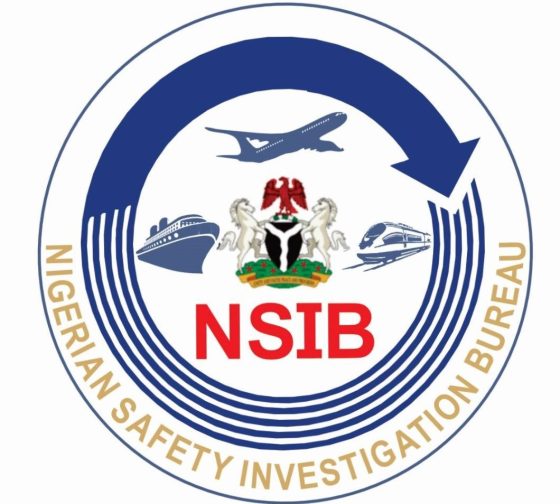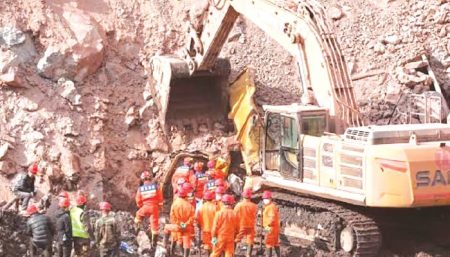On December 11, 2024, an Allied Air Boeing 737-400 Freighter aircraft, tasked with retrieving cargo for the Central Bank of Nigeria, experienced a critical malfunction during landing at Nnamdi Azikiwe International Airport, Abuja. The incident unfolded as the aircraft, originating from Murtala Muhammed International Airport, Lagos, commenced its descent. While the approach was standard procedure, with the First Officer piloting and the Captain monitoring, the flight crew encountered an unexpected issue with the aircraft’s flaps. Attempts to deploy the flaps to the standard 30-degree setting for landing proved unsuccessful, leaving them fixed at 15 degrees. This configuration, while permissible for landing, necessitates a higher approach speed.
The aircraft touched down at a speed of 157 knots, a velocity consistent with the flap configuration but potentially contributing to the subsequent events. Upon landing, a loud bang resonated from the right side of the aircraft, coinciding with the detachment of the right main landing gear assembly. This catastrophic failure initiated a chain reaction, causing the Number 2 engine nacelle to scrape along the runway for approximately 1,172 meters, leaving a trail of debris and sparks. The crippled aircraft veered off the runway, its momentum carrying it onto the grassy verge, coming to rest at a 170-degree angle relative to the runway heading.
The post-incident assessment revealed the devastating extent of the damage. The right main landing gear was completely sheared off at its attachment point, leaving a gaping hole in the aircraft’s undercarriage. The tires on the main landing gear also suffered significant damage, with the Number 3 and Number 4 tires bursting upon impact. The lower right-wing section and the Number 2 engine nacelle also sustained considerable damage from the grinding contact with the runway surface. Despite the severity of the structural damage and the dramatic nature of the incident, all occupants on board miraculously escaped unharmed. The structural integrity of both the cockpit and the cabin remained intact, allowing for a safe evacuation through the forward main door.
The Nigerian Safety Investigation Bureau (NSIB) immediately launched a comprehensive investigation into the incident. Preliminary findings confirmed that both the Captain and First Officer possessed valid licenses and medical certificates. The aircraft itself held a valid Certificate of Airworthiness and had a recent history of successful landings, including 85 landings utilizing the same 15-degree flap setting since November 1, 2024. Weather conditions at the time of the incident were deemed favorable, with no adverse meteorological factors reported. Furthermore, all navigational and communication equipment, with the exception of the Airfield Lighting Panel System, were fully functional. Importantly, the initial assessment found no evidence of a hard landing, and the aircraft’s technical logbook contained no recorded snags or pre-existing mechanical issues that could have foreshadowed the incident.
The NSIB’s initial findings, while not conclusive, highlighted a potential area of concern: the flap mechanism. Given the unsuccessful attempt to deploy the flaps to the 30-degree setting, the NSIB issued an immediate safety recommendation to the Nigeria Civil Aviation Authority (NCAA). This recommendation, designated Safety Recommendation 2025-001, urged the NCAA to conduct thorough inspections of all Allied Air aircraft, focusing specifically on the flap and landing gear systems, to identify any potential mechanical or structural vulnerabilities that could pose a safety risk.
The ongoing investigation promises a deeper dive into the technical intricacies of the incident. The NSIB plans to conduct a detailed examination of the severed Right Main Landing Gear Assembly, meticulously analyzing the fracture points and material properties to determine the root cause of the failure. Furthermore, a comprehensive testing and inspection of the flap drive system components, including the transmission assemblies, universal joints, ball nuts, and flap track, will be undertaken. This thorough analysis will shed light on the malfunction that prevented the flaps from deploying correctly and its potential contribution to the landing gear failure. The combined results of these investigations will provide a more complete understanding of the causal chain of events that led to this dramatic incident and inform future safety measures to prevent similar occurrences.














